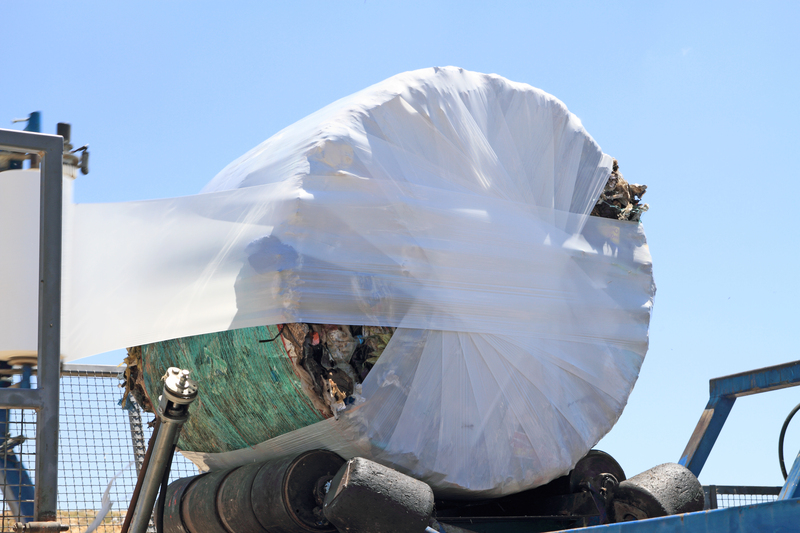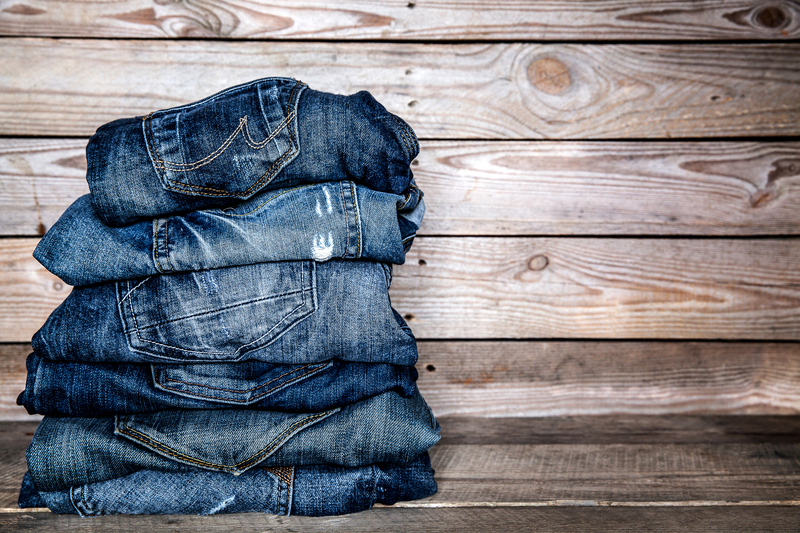Bulky Waste Items: Creative Ways to Cut Disposal Costs
Dealing with bulky waste items like old furniture, large appliances, and oversized household junk can be a daunting and expensive task for households, businesses, and property managers alike. As landfill fees and municipal removal costs rise, finding cost-effective ways to dispose of large waste has become both an environmental and financial necessity. Fortunately, there's a wide array of innovative, rewarding, and even profitable approaches to managing bulky waste items.
Understanding Bulky Waste: What Qualifies as Large or Bulky Items?
Bulky waste items are typically too large to be collected with regular household trash or municipal waste pickup. They usually include:
- Old sofas, couches, and recliners
- Mattresses and bed frames
- Kitchen and laundry appliances (fridges, washing machines, ovens)
- Large electronics (TVs, monitors)
- Carpets and rugs
- Garden waste like tree branches (in large quantities)
- Exercise equipment (treadmills, weight benches)
- Shelving, cabinets, and wardrobes
*Bulky waste removal* often incurs extra charges from waste management companies or local councils due to the labor, space, and disposal requirements.

Why Disposal Costs for Bulky Waste Items Add Up
Dumping or discarding bulky items isn't just a matter of putting them on the curb. Disposal costs rise due to:
- Additional manpower/equipment for collection
- Higher landfill tipping fees for oversized waste
- Strict regulations regarding hazardous materials (e.g., freon in refrigerators, electronics)
- Limited landfill space
Therefore, cutting bulky waste disposal costs is essential not only for your budget but also for environmental sustainability. Let's explore some creative ways to reduce these expenses--many of which can even benefit your community or wallet!
The Best Creative Ways to Cut Bulky Waste Disposal Costs
1. Repurpose and Upcycle: Give Old Items New Life
Repurposing or upcycling bulky waste is a popular trend embraced by eco-conscious individuals and creative communities. Not only does it eliminate disposal fees, but it also gives materials a second life, reducing the need for new resources.
- Furniture Flip: Old dressers or cabinets can be sanded, painted, and transformed into trendy storage pieces or stylish bathroom vanities.
- Wood Salvage: Reclaim wood from broken furniture or closets for DIY projects such as garden planters, coffee tables, or wall art.
- Upcycled Bed Frames: Bed frames can become rustic benches, outdoor swings, or shelving.
- Appliance Parts: Turn washing machine drums into fire pits or planters, or use refrigerator shelves for garage storage.
Search for inspiration on platforms like Pinterest, Instagram, or home DIY blogs. Repurposing saves money and makes a positive environmental impact!
2. Sell or Donate Bulky Items
If your items are in good condition, they may be valuable to someone else. By selling or donating bulky waste items, you can avoid landfill fees and possibly earn money.
- Online Marketplaces: Platforms like Craigslist, Facebook Marketplace, OfferUp, and eBay allow you to list large items for free or low fees.
- Community Groups: Post in local Facebook groups, Reddit communities, or neighborhood forums (e.g., Nextdoor) to connect with those in need.
- Charitable Organizations: Many charities, such as Habitat for Humanity ReStores, Goodwill, or local shelters, accept donations of furniture and appliances. Some even offer free pickup, saving you both time and money.
Tip: Be honest about the item's condition. Clean and take clear photos to increase the chances of a successful sale or donation.
3. Organize a Community Swap or Bulk Collection Event
Pooling resources with neighbors or your HOA reduces costs and environmental impact at the same time.
- Neighborhood Clean-ups: Encourage residents to gather bulky waste for one scheduled pickup, allowing shared transport or group discounts from disposal companies.
- Swap Events: Organize a local swap meet where neighbors can exchange unwanted large items rather than dumping them.
Bulk collection events typically attract lower rates from private junk haulers or municipal services--bonus: less fuel and labor overall!
4. Hire a Junk Removal Company Strategically
While it may seem counterintuitive, professional bulky waste removal can be affordable if done strategically:
- Group Items: The more items you have at once, the lower the average cost per piece. Ask neighbors if they want to share a pickup.
- Compare Quotes: Get quotes from at least three local companies; some price by load size, others by item count.
- Choose Off-Peak Times: Disposal companies may offer lower rates during slow periods (e.g., winter months).
- Ask About Recycling: Some providers will recycle parts of your bulky waste at no extra charge, reducing landfill fees.
5. Break Down Bulky Items Yourself
Disassembling large waste items into smaller parts often makes them acceptable for regular waste collection, saving you money on special pickups.
- Remove legs, arms, and backs from sofas or chairs.
- Take doors and shelves out of wardrobes or cabinets.
- Flatten or cut up boxes, frames, or plastic furniture.
Always check your local regulations before disposing of materials like treated wood, electronics, or metal parts, as specific recycling rules may apply.
6. Leverage Free or Discounted Municipal Services
Check with your local council or waste authority about bulky waste collection programs. Many municipalities offer:
- Annual or bi-annual free bulky waste pickups
- Discounted vouchers for landfill drop-off
- Special events for electronics or hazardous waste disposal
Scheduling your clean-outs to coincide with free pickups is a great way to cut costs on bulky waste removal.
Additional Tips to Reduce Bulky Waste Disposal Costs
- Rent a Dumpster Only If Necessary: If undertaking a large renovation, coordinate with neighbors to share the cost of a dumpster rental.
- Contact Scrap Collectors: Metal items (e.g., bed springs, appliances) are valuable to scrappers, who may collect them free of charge or pay you for the material.
- Return Old Appliances: Retailers sometimes offer haul-away or recycling rebates when you purchase a new fridge, washer, or sofa.
- Utilize Manufacturer Takeback Programs: Some electronics and furniture brands run programs to reclaim and recycle their products--check brand websites.
Environmental Benefits of Responsible Bulky Waste Management
Reducing landfill waste conserves precious space and lowers greenhouse gas emissions caused by decomposing bulk trash. Creative reuse and recycling preserves raw materials and energy, and donating or selling working items supports individuals and families in need.
For businesses and rental property owners, responsible disposal of large waste items enhances their reputation and could even bring tax benefits for charitable donations.
Common Mistakes to Avoid When Disposing of Bulky Waste Items
- Dumping Illegally: Leaving bulky items on streets or empty lots can lead to fines, community complaints, and environmental hazards.
- Ignoring Hazardous Elements: Items like refrigerators, TVs, or electronics contain materials that require special handling--never mix them in with general trash!
- Paying for Unnecessary Services: Research all free or discount programs before hiring expensive services.
How to Plan for Ongoing Bulky Waste Management
Whether you're moving, renovating, or spring cleaning, a little planning can go a long way in reducing the cost of bulky waste disposal:
- Inventory bulky items every year to avoid surprise disposal emergencies.
- Schedule cleanouts to coincide with upcycling projects or swap meets.
- Budget for ongoing waste management in property maintenance plans.
Final Thoughts: Saving on Bulky Waste Disposal is Possible!
The key to minimizing costs for bulky waste disposal is creativity and responsible management. By choosing to upcycle, donate, break down, or collaborate with neighbors, you not only save money but also contribute positively to your community and the environment.
Start planning your next big clean-out by reviewing local resources, sharing with neighbors, and imagining new uses for your "junk." The more we keep out of landfills, the richer our homes--and our world--will be.

Frequently Asked Questions about Bulky Waste and Disposal Costs
What are the cheapest ways to get rid of bulky waste items?
- Donate or sell usable items.
- Use free or municipal collection events.
- Break down items for curbside pickup if allowed.
- Collaborate with neighbors for group disposal discounts.
Are there free bulky item disposal programs?
Many towns offer free pickup or drop-off events for specific bulky waste--contact your local waste management office for details.
What items require special handling?
Electronics, mattresses, large appliances (fridges, air conditioners), and hazardous materials usually cannot be placed in regular trash or normal bulky waste collections. Always research proper disposal or recycling options.
In Summary: Maximize Savings, Minimize Waste
Bulky waste items don't have to break the bank or the planet. With a strategic, creative approach focused on reuse, donation, and smart disposal, you can slash your bulky waste disposal costs and become an environmental leader in your community.
- Plan ahead and leverage free or discounted services
- Upcycle and repurpose whenever possible
- Donate or sell items to give them a new purpose
- Collaborate with neighbors for group savings
Start today--your wallet, your community, and the earth will thank you!
```